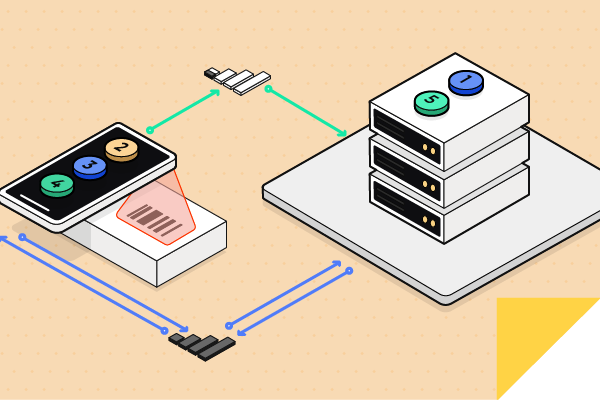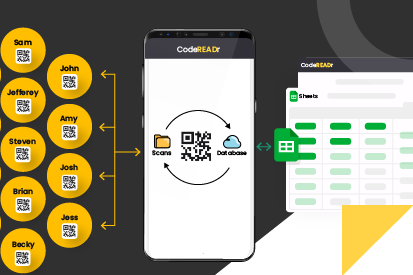March 7, 2020 • 10 min read
Enhancing Accuracy in Barcode Scanning for Better Data Collection

CATEGORIES
SOCIAL SHARE
Understanding the High Cost of Poor Data Quality
In 2017, Experian conducted research on behalf of IBM regarding the cost of bad data. The results, highlighted by MIT Sloan Business Review, underscore a startling cost of poor data quality in the U.S., estimated at $3.1 trillion annually. The implications are severe, with bad data potentially eating away 15% to 25% of a company’s revenue.
The Significance of Accurate Barcode Scanning
Daily, around 5 billion barcodes are scanned globally, according to GS1, international barcode standards organizer. Even a 1% error rate in scanning can lead to 50 million inaccuracies every day. These errors contribute significantly to the high costs associated with poor data quality. As NiceLabel suggests in their bad data review, the financial burden of these inaccuracies can grow exponentially with business expansion, not to mention the potential human cost in sectors like medical and aerospace due to incorrect component usage.
The Role of Comprehensive Data in Mitigating Errors
Insufficient data can be as detrimental as inaccurate data. For instance, Lily Transportation, a client of CodeREADr, faced a grave issue when incorrect grain delivery led to a substantial loss, valued at $250,000, due to livestock death. This incident prompted the implementation of a robust barcode scanning and tracking system with CodeREADr to ensure accurate data collection and validation, thus preventing similar future occurrences.
Utilizing CodeREADr to Scan, Collect, and Validate Data Efficiently
CodeREADr offers a comprehensive platform for enhancing data collection through barcode scanning. Key features to improve data management include:
- Extensive data collection capabilities, using barcode labels and RFID/NFC tags scanned via various devices.
- Detailed data capture, including time, location, and specific asset information, enhanced with comments, photos, GPS locations, and signatures.
- Advanced scanning technology like SD PRO to reduce misreads and “Smart Scan” to filter essential data.
- Robust data validation through databases or pattern validation using regex, and innovative features like Alter Scan and AR to improve accuracy.
- Efficiency tools such as duplicate check, customizable scripts, and digital list validation for various applications from kitting to assembly.
Bulk Scan Serial Number Barcodes
Optimize Your Barcode Scanning Process
Starting at just $24.99/month, CodeREADr offers a scalable solution to ensure precise data collection through barcode scanning and robust data validation, leading to improved data quality and reduced operational costs. Engage with us to learn how we can transform your data collection strategies and contribute to your organizational success.
By incorporating these strategies and technologies, businesses can significantly reduce the risks and costs associated with poor data quality, leveraging accurate barcode scanning as a critical tool in their operational efficiency toolkit.


